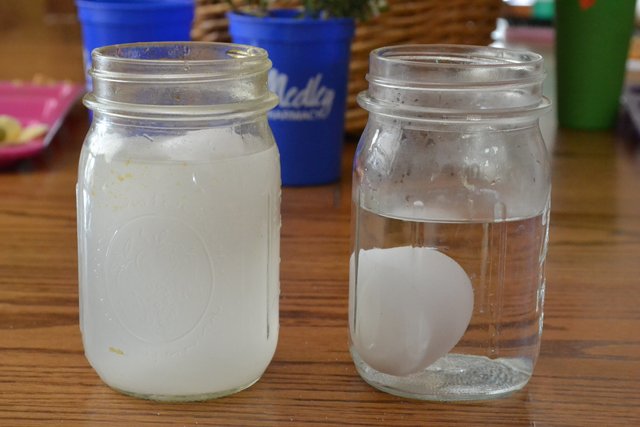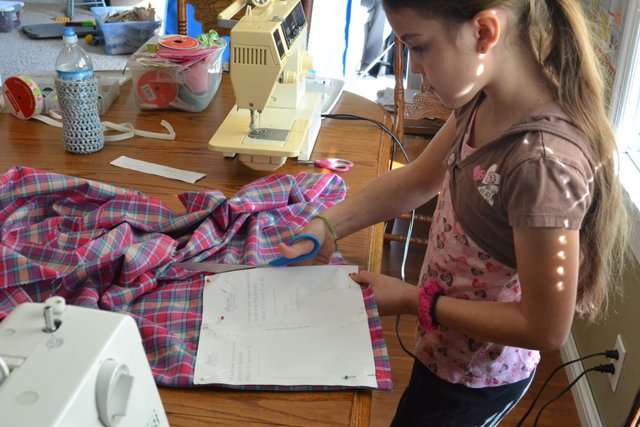To me homeschooling without textbooks is easiest in these two subjects. I LOVE teaching science and history without textbooks. My children have thrived with this method and their retention is amazing. Choosing topics that go with the seasons, holidays, or other happenings in our world is one way to make school fun and applicable. I love to break our studies up into units. Both science and history work great in this way and allow even a large family mom to teach these subjects only once a day. You can easily adapt the work portion of your unit to fit the needs of each child when you are homeschooling without textbooks. Here is a breakdown of how I do it.

First I choose a subject of study for our next unit. For now I only have elementary kids so we only do one unit at a time. This helps me to focus more planning time on each unit and to make sure the children don’t get information swapped because their little brains are overwhelmed.

Then I start to gather materials. I can usually find enough free material online that I don’t have to pay for downloadable studies or unit study kits that some companies sell. I have gotten to know our local librarians on a first name basis and I can’t stress how helpful this is. Most libraries now can do an inter-library loan so if they don’t have a book that you need/want they may be able to find it for you. Once I have found enough reading material I move on to Google, Pinterest, Homeschool Share, and even YouTube to try to find printables, worksheets, craft ideas, videos, and maybe even a free lapbook template or something. I try to find things on different levels to allow me to engage all of my children. I even use Google images to find coloring pages for my Kindergartener and toddler so that they can be involved too.

I love to spread my unit study into other subjects as well. My older children will write reports for their writing practice or look up definitions of words from our unit for language arts practice. I will also assign extra reading in encyclopedias or other books for their reading assignments. For some studies we can even practice math too! Think figuring out how big a country is compared to our state or determining the temperature fluctuations in different seasons of a climate. And even art can be a way to reinforce a unit study while you are exploring different art mediums you can assign a picture/animal/etc. from what you are studying.

I love to try to find a field trip or other fun, out of the house, activity to end our units on. Sometimes we have a themed party with friends like we did for our Pioneer study. We all dressed up in colonial clothing, we white washed a fence, spun some yarn, washed clothing on washboards, and ate cowboy beans for lunch. The kids loved it and it gave them hands on experience with these everyday chores of this time period. For science units we have used the zoo, our local children’s museum, local farms/ranches, and such to see the animal or habitat that we are studying up close.

Overall, this approach is just right for our large homeschooling family. I love watching the children explore and learn together. I love that we have stopped buying science and history curriculum each year. It allows us to study what interests us and be flexible with what is happening around us.


Comments are closed.